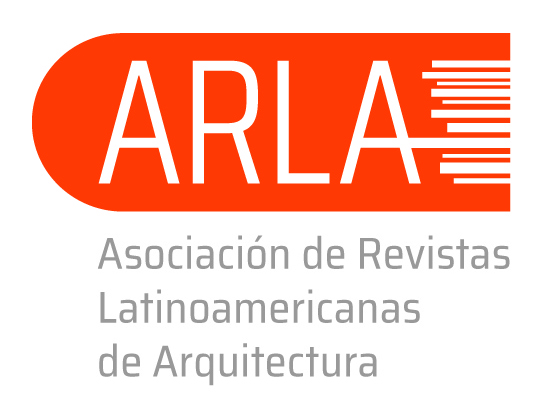Padrões espaciais de localização do Programa MCMV e os impactos na qualidade da habitação social
DOI:
https://doi.org/10.14409/ar.v12i22.9709Palavras-chave:
spatial patterns of location; social housing; resident satisfaction; urban mobility; Minha Casa Minha Vida Program.Resumo
The work evaluates the quality of the production of the Minha Casa Minha Vida Program in the Metropolitan Region of Porto Alegre, from residents’ perception. First, it was investigated whether there are different spatial patterns of location for income groups 1, 2 and 3, which could generate different levels of integration. From this, it was verified whether these spatial patterns generate impacts on the conditions of access and urban mobility, as well as on the levels of satisfaction of the residents. The methodological procedures adopted include multiple methods of data collection and analysis that enabled complementarity between the data obtained. The results confirm that the production of the MCMV Program has different spatial patterns of location between groups 1, 2 and 3 and suggest that the city model produced by the MCMV Program at RMPA did not show any progress in relation to BNH's housing production, spatial patterns of location of the projects and their impacts on the conditions of mobility, access to opportunities and performance of the groups. In conclusion, the importance of assessing the impacts of the location of housing estates on the conditions of access and urban mobility is emphasized, as well as on the satisfaction of residents, in the search for the production of more qualified residential spaces.
Publicado
Como Citar
Edição
Seção
Licença
ACCESO ABIERTO
ARQUISUR Revista es una publicación de acceso abierto y sin ánimo de lucro. No se imputan cargos por la recepción, revisión, evaluación, publicación ni acceso a sus contenidos. Se distribuye bajo una Licencia Creative Commons CC Atribución-NoComercial-SinDerivadas 4.0 Internacional (CC BY-NC-ND 4.0): No se permite un uso comercial de la obra original ni la generación de obras derivadas. Esta licencia no es una licencia libre, y es la más cercana al derecho de autor tradicional.
DESCARGO
Los criterios expuestos en los artículos son de exclusiva responsabilidad de sus autores y no reflejan necesariamente la opinión del Comité Editorial ni de la Dirección Editorial Técnica. Los derechos de los artículos publicados pertenecen a sus autores o editoriales. Los autores ceden sus derechos de publicación al Centro de Ediciones de la Universidad Nacional del Litoral de Santa Fe, Argentina.














